Aluminium and aluminum alloy billets surface defects: Segregation
Aluminium and aluminum alloy billets surface defects: Segregation
Segregation defects causes and solutions
Segregation
In the semi-continuous casting process, the knob generated on the surface of the ingot are called segregation. Segregation is one of the defects in the casting process.
When casting an alloy, segregation occurs, whereby the concentration of solute is not constant throughout the casting.
This can be caused by a variety of processes, which can be classified into two types:
Microsegregation: which occurs over distances comparable to the size of the dendrite arm spacing.
This occurs as a result of the first solid formed being of a lower concentration than the final equilibrium concentration, resulting in the partitioning of the excess solute into the liquid, so that solid formed later has a higher concentration.
More about microsegregation can be found in the TLP on the Solidification of alloys.
Macrosegregation occurs over similar distances to the size of the casting.
This can be caused by a number of complex processes involving shrinkage effects as the casting solidifies, and a variation in the density of the liquid as solute is partitioned. We will not discuss these processes further.
It is desirable to prevent segregation during casting, to give a solid billet that has uniform properties throughout.
Microsegregation effects can be removed after casting, by homogenization, carried out by annealing at high temperatures where the diffusivity is higher.
Macrosegregation effects occur over larger distances so cannot be removed in this way, but can be reduced by control of the casting process and mixing during solidification, often by electromagnetic stirrers.
Ultrasound is sometimes used to break up dendrites as they grow, reducing the scale of the dendritic structure and the extent of microsegregation.
Characteristics
The macrostructure is characterized by the uneven protrusion of the ingot surface. Microscopic tissue observation of the second phase at the segregation knob is larger and more densely distributed than the matrix, and the second phase is also more volumetrically dispersed, sometimes a primary crystal can be found at the segregation knob.
Causes of segregation
The segregation is formed when the surface temperature of the ingot is below the starting temperature of linear contraction, when the ingot has just left the caster wall and the surface layer is still in a solid-liquid state due to contraction, or when a gap is formed between the ingot and the caster wall and secondary heating of the outer layer of the ingot brings the surface temperature to the melting point of the interdigitic fusible constituents and melts them, when the interdigitic fusible constituents exude and condense on the surface where the oxide film breaks under the action of the static pressure of the melt in the liquid cavity, or under the action of additional forces caused by the increase in the volume of the heated solid-soluble grain and the increase in the volume of the fusible constituents during remelting, along the pore channel in the caster skeleton.
Solution for segregation
1. Increase the cooling water pressure to ensure uniform cooling around the ingot;
2. Reduce the effective height and taper of the casting mold;
3. Reduce the casting speed appropriately;
4. Reduce the casting temperature appropriately;
5. Keep the inner surface of the casting mold smooth and evenly lubricated.
Brightstar Aluminum Machinery provides aluminium dross processing machine, dross cooling machine, single billet cutting systems or multi aluminium billet cutting system for our customers.
Not only the machine but also the total solution, turnkey project, and package deal!
Get A No-obligation QuoteContact us now to obtain a reliable no-obligation quote on your aluminum billets cutting solution!

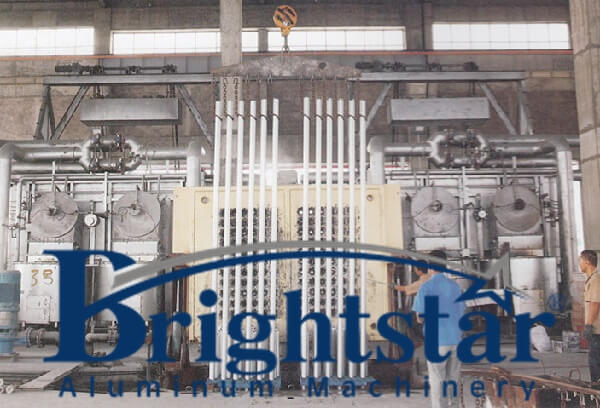

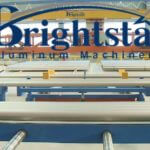
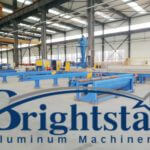
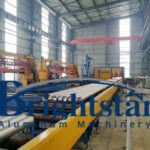
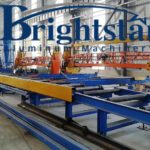
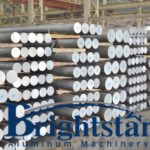



That is the proper blog for anybody who needs to search out out about this topic. You notice a lot its almost arduous to argue with you (not that I really would need…HaHa). You positively put a new spin on a topic thats been written about for years. Nice stuff, simply great!